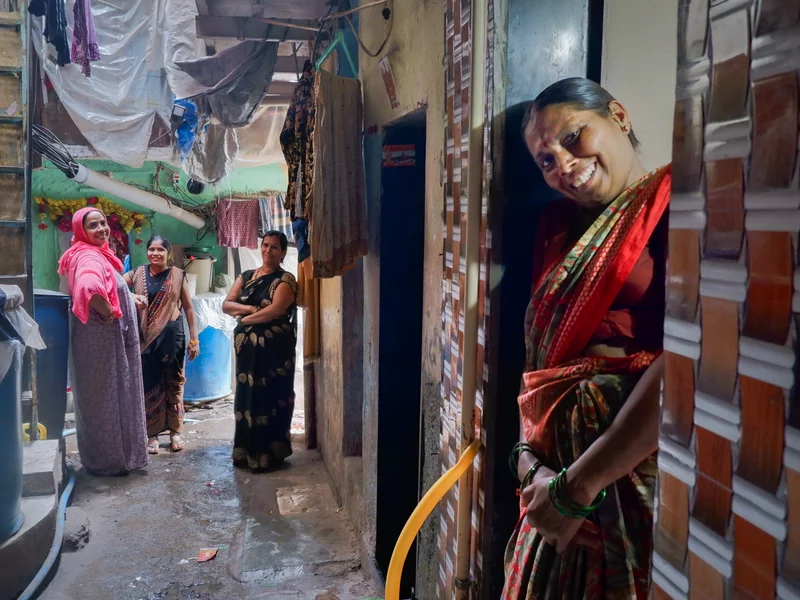MUMBAI, India – The first time Sangeeta Siwan, a 45-year-old day laborer from India, learned about COVID-19 was when her employer at the packaging factory told her they would be temporarily closing business.
“Everything was shutting down … the country was shutting down. I didn’t even know that was possible,” she said.
Her initial shock quickly turned into dread. With the majority of the businesses coming to a standstill, there were very few jobs to replace the one she lost. And lockdowns kept her from being able to pursue even those.
“Everything changed overnight, and within a week I couldn’t even afford to feed my family. I couldn’t pay rent,” said Siwan, a widow who lives with her son and mother in a small house in the Subhash Nagar slums of Mumbai.
India declared lockdowns on March 25, 2020, and extended them, in varying degrees, until the end of the year. By May 2020, according to the Centre for Monitoring Indian Economy (CMIE), nearly 122 million Indians had lost their jobs. Of these, 91.3 million were small traders and laborers like Siwan.
Globally, the International Labour Organisation estimated that nearly 1.6 billion informal economy workers were significantly impacted during the pandemic by April 2020, leading to a 60% decline in their earnings. In India, the informal sectors – such as household staff, shop workers and factory workers — employed over 50% of the women.
For a few days, Siwan tried to earn some money by selling vegetables, but India’s stringent lockdowns — ranked by Oxford University as among of the most severe across 73 countries — meant that she couldn’t easily procure goods from the wholesale markets. “I felt so trapped and hopeless,” she said.
Read full story on NPR
